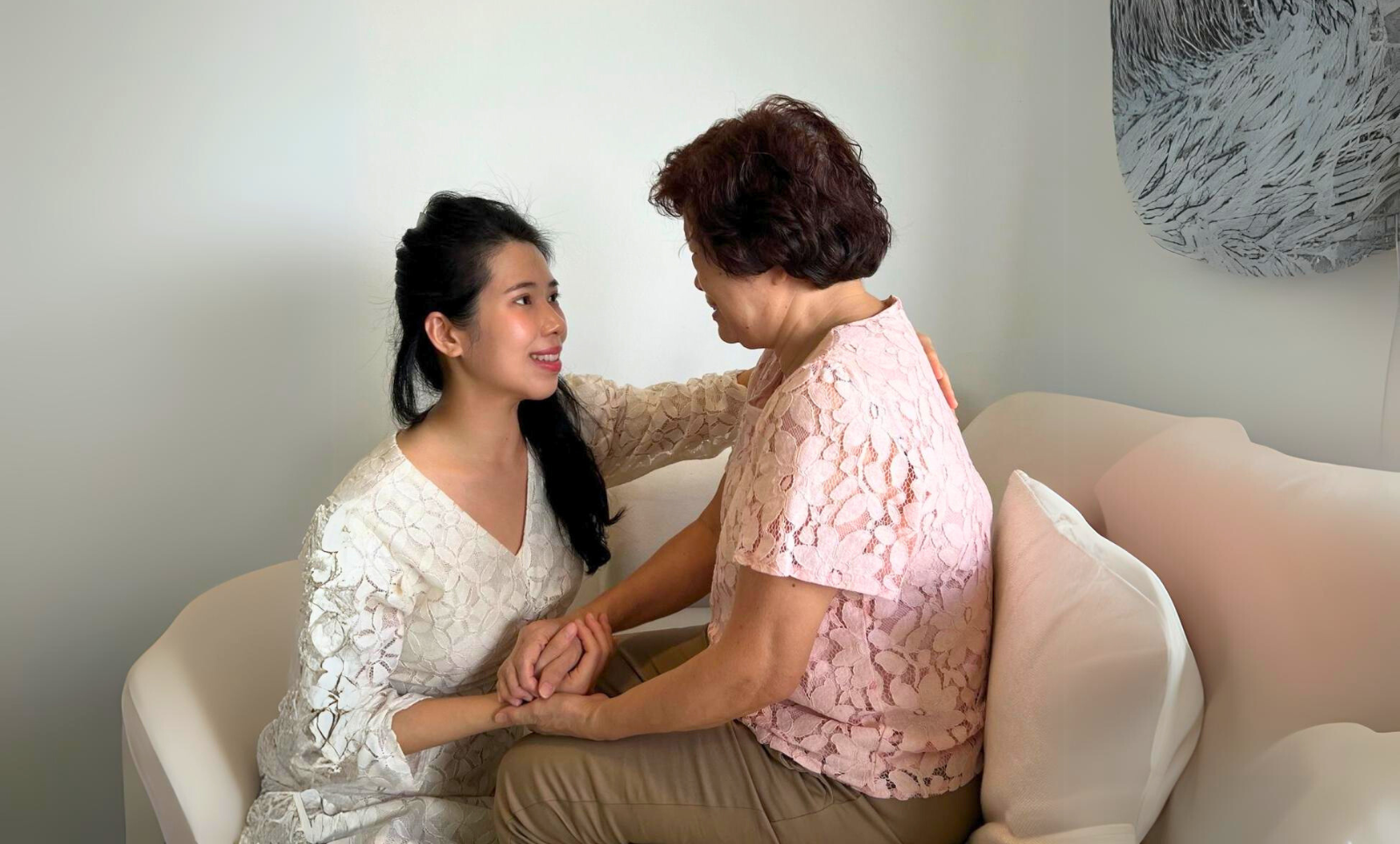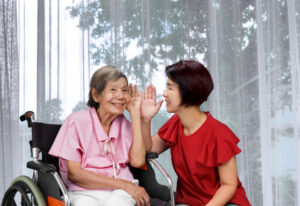Playback speed:
As dementia progresses, the needs of those living with the condition evolve, requiring caregivers to adapt and find new ways to connect and support their loved ones. This journey can be challenging but also rewarding, as it offers an opportunity to enhance the quality of life through caregiving. The Humanitude methodology provides a structured approach, based on four key pillars—Gaze, Speech, Touch, and Verticality—to address these changing needs effectively.
This article will explore the four pillars of Humanitude and provide practical tips on incorporating these pillars into your caregiving practices.
What is Humanitude™?
Humanitude is a care methodology developed by Yves Gineste and Rosette Marescotti, specifically designed to improve the quality of life for persons living with dementia. It combines a philosophy of care with practical techniques that emphasize respect, empathy, and connection. The four pillars of Humanitude—Gaze, Speech, Touch, and Verticality—are central to this approach. Each pillar represents a fundamental aspect of human interaction, helping caregivers foster positive relationships and support the emotional and physical needs of those in their care.
Benefits of Humanitude
Scientific research and outcomes have highlighted several key benefits of Humanitude care for persons living with dementia, delirium, and cognitive impairments:
- Improved ability to perform activities of daily living (ADL).
- Greater participation in daily activities.
- Enhanced physical movement and independence.
- Overall improvement in well-being.
- Decreased ill-being.
For caregivers working in healthcare, practicing Humanitude has been associated with:
- Reduced burnout
- Increased empathy
- Improved attitudes
Applying the Four Pillars of Humanitude: Do's and Don'ts
Gaze is a fundamental non-verbal pillar of Humanitude, essential for building emotional connections. It stimulates oxytocin, the hormone associated with love and bonding. The Humanitude Gaze is characterised by being axial, long, near, and horizontal. However, it is important to personalise this technique to suit the individual needs and preferences of each person.
Do's
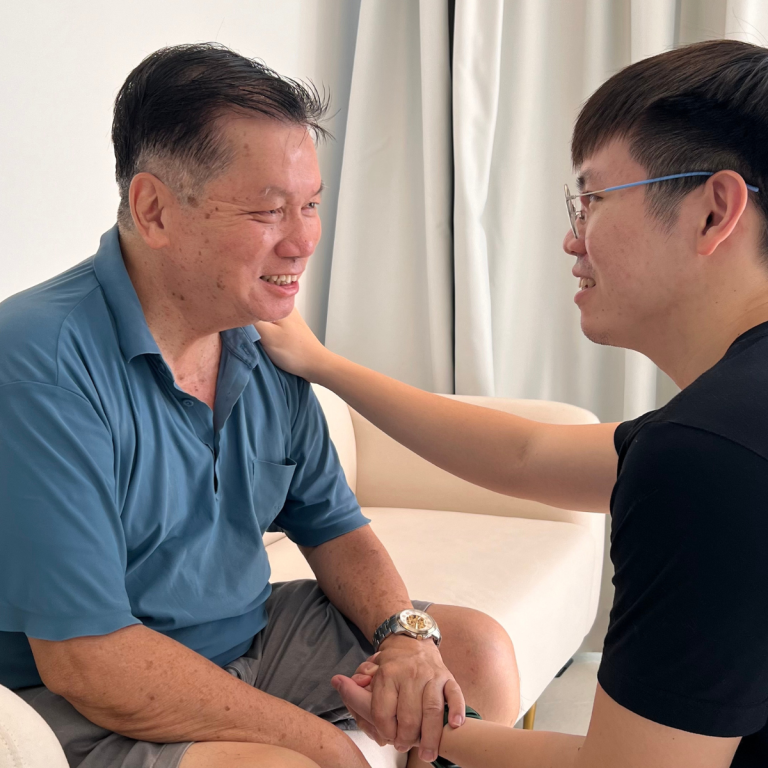
- Horizontal: Establish eye contact at the same eye level as the person
- Front: Approach the person from where they are looking
- Long: Maintain eye contact for a longer duration
- Near: Stay close, ideally within 25 cm
Don'ts
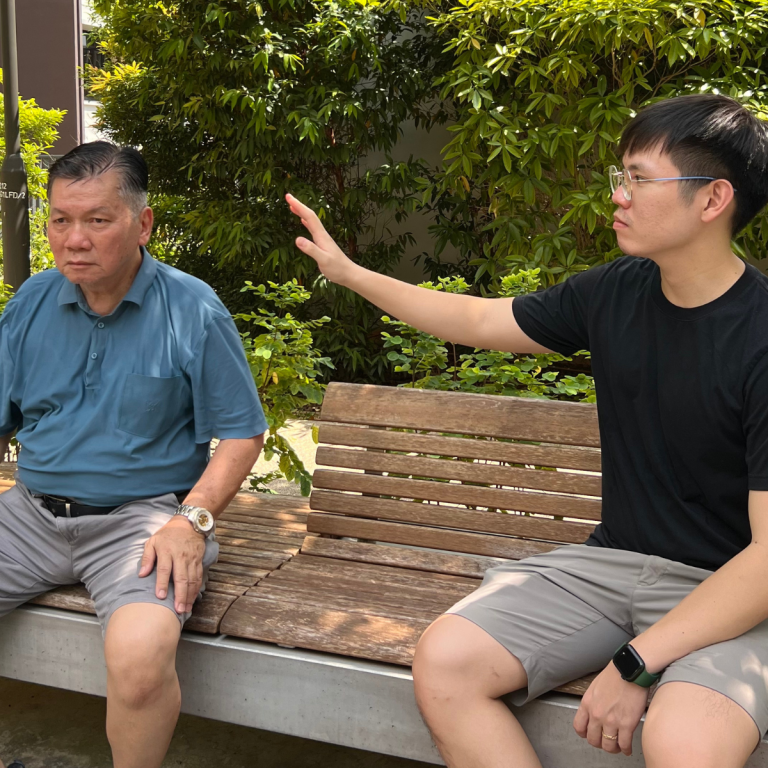
- Vertical: Avoid looking down from above.
- Sideways: Refrain from glancing sideways, as it can be perceived as disinterest.
- Brief: Don’t make eye contact fleeting.
- Distant: Avoid looking from more than an arm’s length away.
Speech is a vital pillar of Humanitude, marked by a low, soothing tone, calm melodic intonation, and positive reinforcement. These elements work together to create a reassuring and validating environment, making interactions more comforting and supportive.
Do's
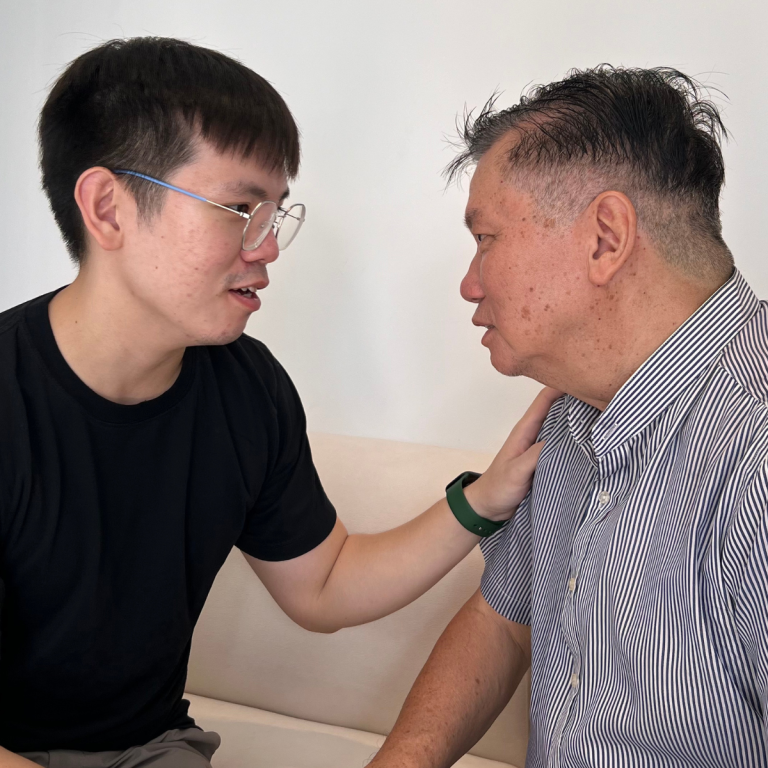
- Low Tone: Use a low tone of voice
- Melodic Intonation: Speak with a gentle, rhythmic tone
- Calm and Soothing Delivery: Keep your speech slow and composed.
- Positive Reinforcement: Use encouraging language
Don'ts
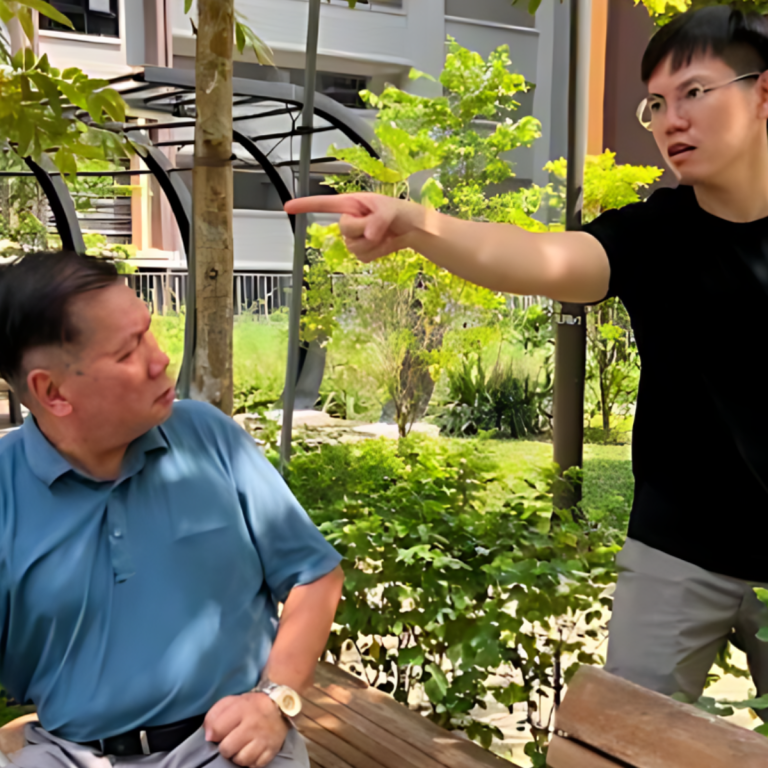
- Harsh or Loud Tone: Avoid raising your voice or using a harsh tone
- Dismissive Phrases: Refrain from using short, dismissive phrases like “what!”
- Negative Words: Avoid negative language, such as criticising someone for being “slow”.
Touch is a non-verbal method to communicate care and comfort, described in Humanitude with characteristics such as wide, soft, slow, frequent, caressing, and embracing.
Do's
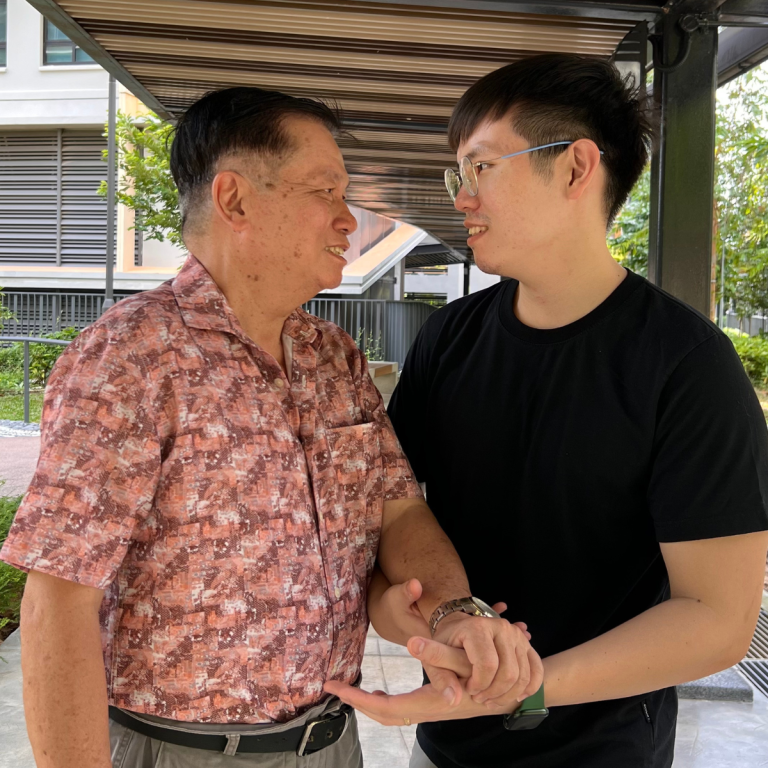
- Wide: Use a relaxed, open palm to make contact, slightly wide apart, creating a feeling of warmth and embrace.
- Soft: Touch should feel like caressing a baby—gentle and reassuring.
- Slow: Move your hand slowly to convey patience and care, akin to pacifying a baby.
- Start on Accepted Areas: Begin with socially accepted areas like the hands, shoulders, or forearms.
Don'ts
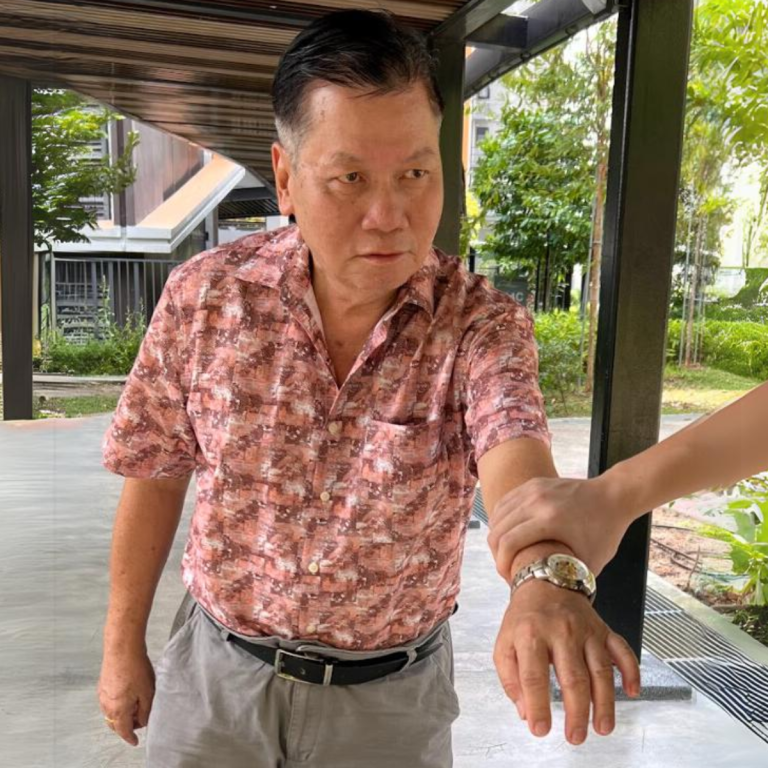
- Claw: Avoid gripping with fingers
- Fast: Don’t rush your touch; quick movements can be startling.
- Small Surface: Avoid using only fingertips or pointy surfaces, which can feel sharp or uncomfortable.
- Scarce: Don’t shy away from or avoid touch; consistent, gentle contact is important.
Verticality is a key pillar of Humanitude, vital for maintaining a person’s self-esteem and physical health. Since we naturally walk on two feet, staying upright helps foster a sense of confidence, health, and freedom. It reduces bedridden rates and promotes overall wellbeing.
Do's
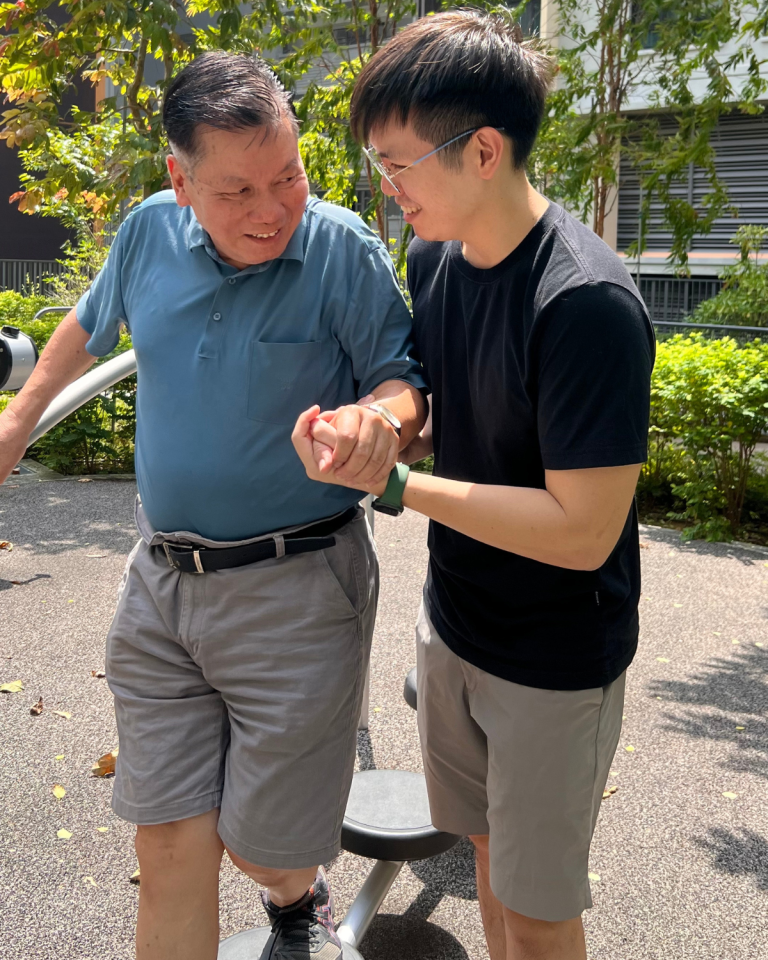
- Upright Care: Whenever possible, provide care while the person is standing or sitting up, rather than lying down.
- Encourage Movement: Aim for the person to stand or walk for at least 20 minutes a day, even if in short sessions.
Don'ts
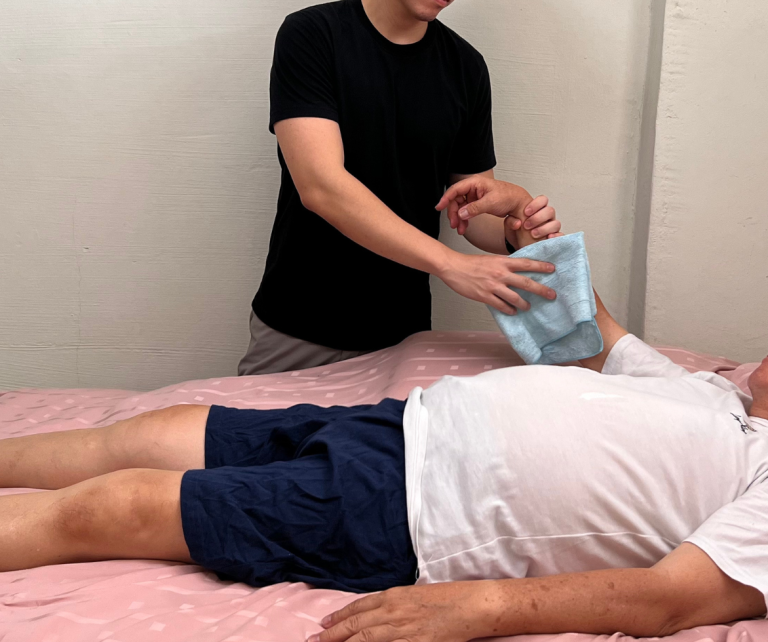
- Avoid Unnecessary Lying Down: Refrain from providing care while the person is lying down if they can sit up or stand with assistance.
To see these principles in action, watch the video below.
The Four Pillars of Humanitude: Gaze, Speech, Touch and Verticality
Source: Humanitude Singapore
Watch Rosette Marescotti guide a caregiver in using Humanitude techniques to encourage a woman living with dementia to go for a walk. This video showcases the transformative impact of the four pillars.
Conclusion
Humanitude provides a structured approach to dementia care in Singapore, ensuring that caregivers are equipped with the tools and knowledge to create these meaningful connections. The four pillars of Humanitude can significantly enhance caregiving experiences for both yourself and the person in your care. These techniques are not just about providing care; they are about creating moments of connection, understanding, and compassion.
In your journey as a caregiver, remember that every interaction is an opportunity to affirm the dignity and humanity of your loved one living with dementia. With the right approach, you can turn challenges into opportunities for connection and growth, ensuring that your loved one feels valued and supported at every stage of their journey.
To learn more about Humanitude™, visit the Humanitude Singapore website to explore a variety of resources, including videos and insights on dementia care. You can also join the Humanitude™ Care Action-Training course to discover a relationship-centred approach to caring for persons living with dementia.
AUTHOR BIO

HUMANITUDE SINGAPORE
Humanitude Singapore is part of Humanitude International Network of providers for training programmes on Humanitude Care Methodology. Since 2019, Humanitude Singapore has been providing Humanitude training for a thousand of healthcare professionals in Singapore, from various care settings, including acute hospitals, community hospitals, nursing homes and day care centres. Through various collaborations in the healthcare communities, Humanitude Singapore has become a trusted partner with a shared vision of enhancing the well-being of caregivers and vulnerable care recipients, including persons living with dementia.

